Marvin Schieseck
A Formal Model for Artificial Intelligence Applications in Automation Systems
Jul 03, 2024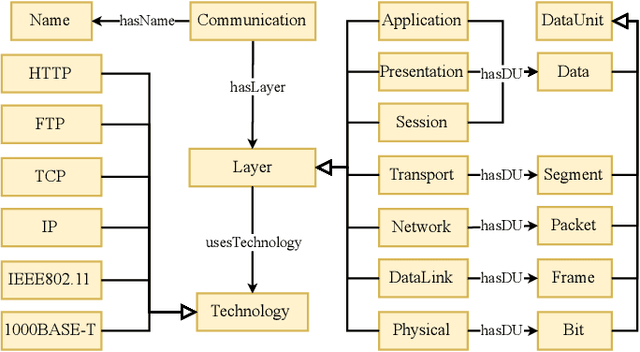
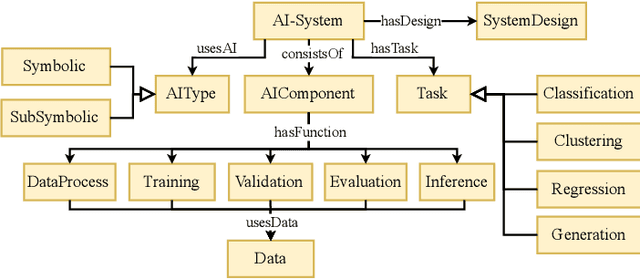
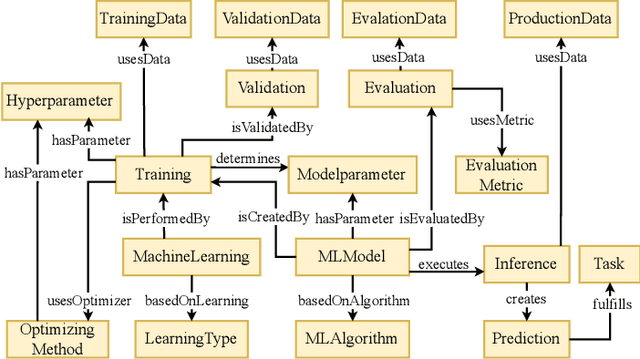
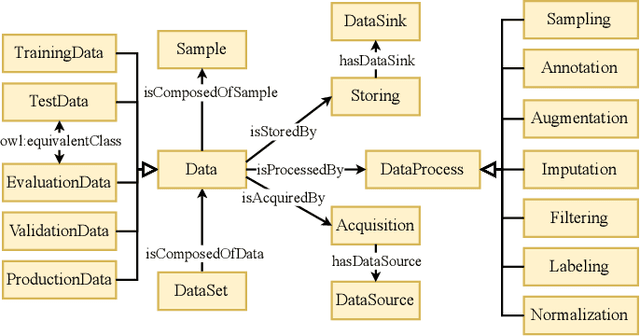
Abstract:The integration of Artificial Intelligence (AI) into automation systems has the potential to enhance efficiency and to address currently unsolved existing technical challenges. However, the industry-wide adoption of AI is hindered by the lack of standardized documentation for the complex compositions of automation systems, AI software, production hardware, and their interdependencies. This paper proposes a formal model using standards and ontologies to provide clear and structured documentation of AI applications in automation systems. The proposed information model for artificial intelligence in automation systems (AIAS) utilizes ontology design patterns to map and link various aspects of automation systems and AI software. Validated through a practical example, the model demonstrates its effectiveness in improving documentation practices and aiding the sustainable implementation of AI in industrial settings.
Artificial Intelligence in Industry 4.0: A Review of Integration Challenges for Industrial Systems
May 28, 2024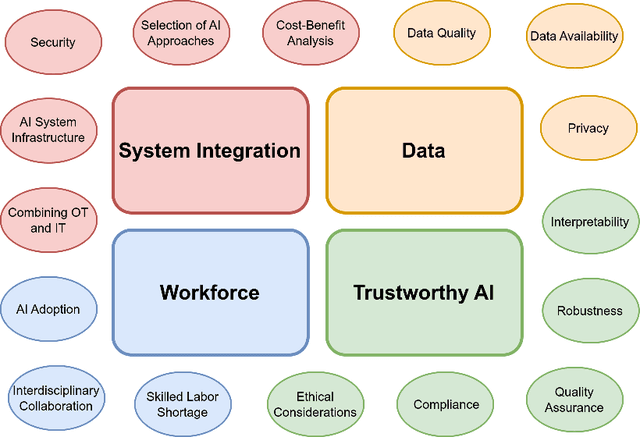
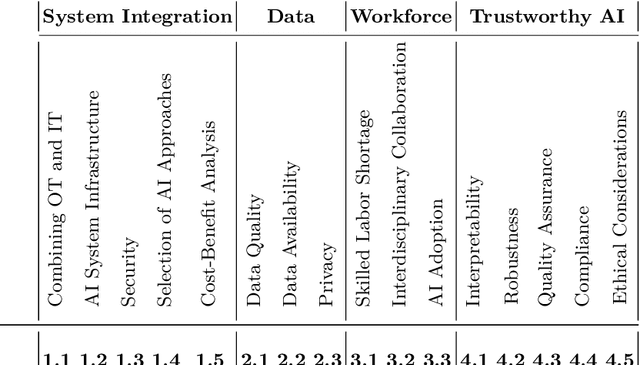
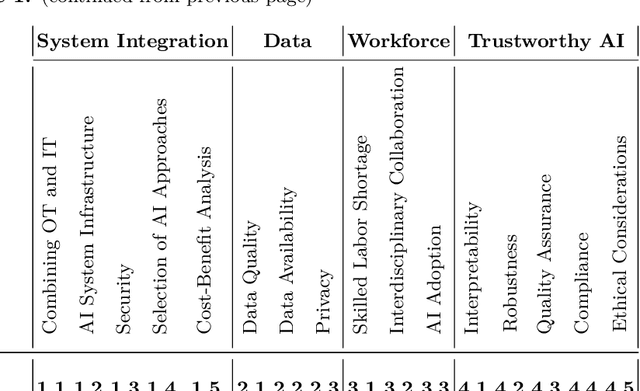
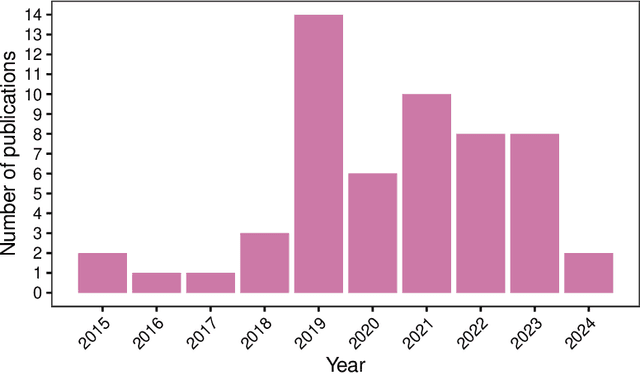
Abstract:In Industry 4.0, Cyber-Physical Systems (CPS) generate vast data sets that can be leveraged by Artificial Intelligence (AI) for applications including predictive maintenance and production planning. However, despite the demonstrated potential of AI, its widespread adoption in sectors like manufacturing remains limited. Our comprehensive review of recent literature, including standards and reports, pinpoints key challenges: system integration, data-related issues, managing workforce-related concerns and ensuring trustworthy AI. A quantitative analysis highlights particular challenges and topics that are important for practitioners but still need to be sufficiently investigated by academics. The paper briefly discusses existing solutions to these challenges and proposes avenues for future research. We hope that this survey serves as a resource for practitioners evaluating the cost-benefit implications of AI in CPS and for researchers aiming to address these urgent challenges.
Integration of Domain Expert-Centric Ontology Design into the CRISP-DM for Cyber-Physical Production Systems
Jul 21, 2023



Abstract:In the age of Industry 4.0 and Cyber-Physical Production Systems (CPPSs) vast amounts of potentially valuable data are being generated. Methods from Machine Learning (ML) and Data Mining (DM) have proven to be promising in extracting complex and hidden patterns from the data collected. The knowledge obtained can in turn be used to improve tasks like diagnostics or maintenance planning. However, such data-driven projects, usually performed with the Cross-Industry Standard Process for Data Mining (CRISP-DM), often fail due to the disproportionate amount of time needed for understanding and preparing the data. The application of domain-specific ontologies has demonstrated its advantageousness in a wide variety of Industry 4.0 application scenarios regarding the aforementioned challenges. However, workflows and artifacts from ontology design for CPPSs have not yet been systematically integrated into the CRISP-DM. Accordingly, this contribution intends to present an integrated approach so that data scientists are able to more quickly and reliably gain insights into the CPPS. The result is exemplarily applied to an anomaly detection use case.
A Graphical Modeling Language for Artificial Intelligence Applications in Automation Systems
Jun 20, 2023Abstract:Artificial Intelligence (AI) applications in automation systems are usually distributed systems whose development and integration involve several experts. Each expert uses its own domain-specific modeling language and tools to model the system elements. An interdisciplinary graphical modeling language that enables the modeling of an AI application as an overall system comprehensible to all disciplines does not yet exist. As a result, there is often a lack of interdisciplinary system understanding, leading to increased development, integration, and maintenance efforts. This paper therefore presents a graphical modeling language that enables consistent and understandable modeling of AI applications in automation systems at system level. This makes it possible to subdivide individual subareas into domain specific subsystems and thus reduce the existing efforts.
 Add to Chrome
Add to Chrome Add to Firefox
Add to Firefox Add to Edge
Add to Edge